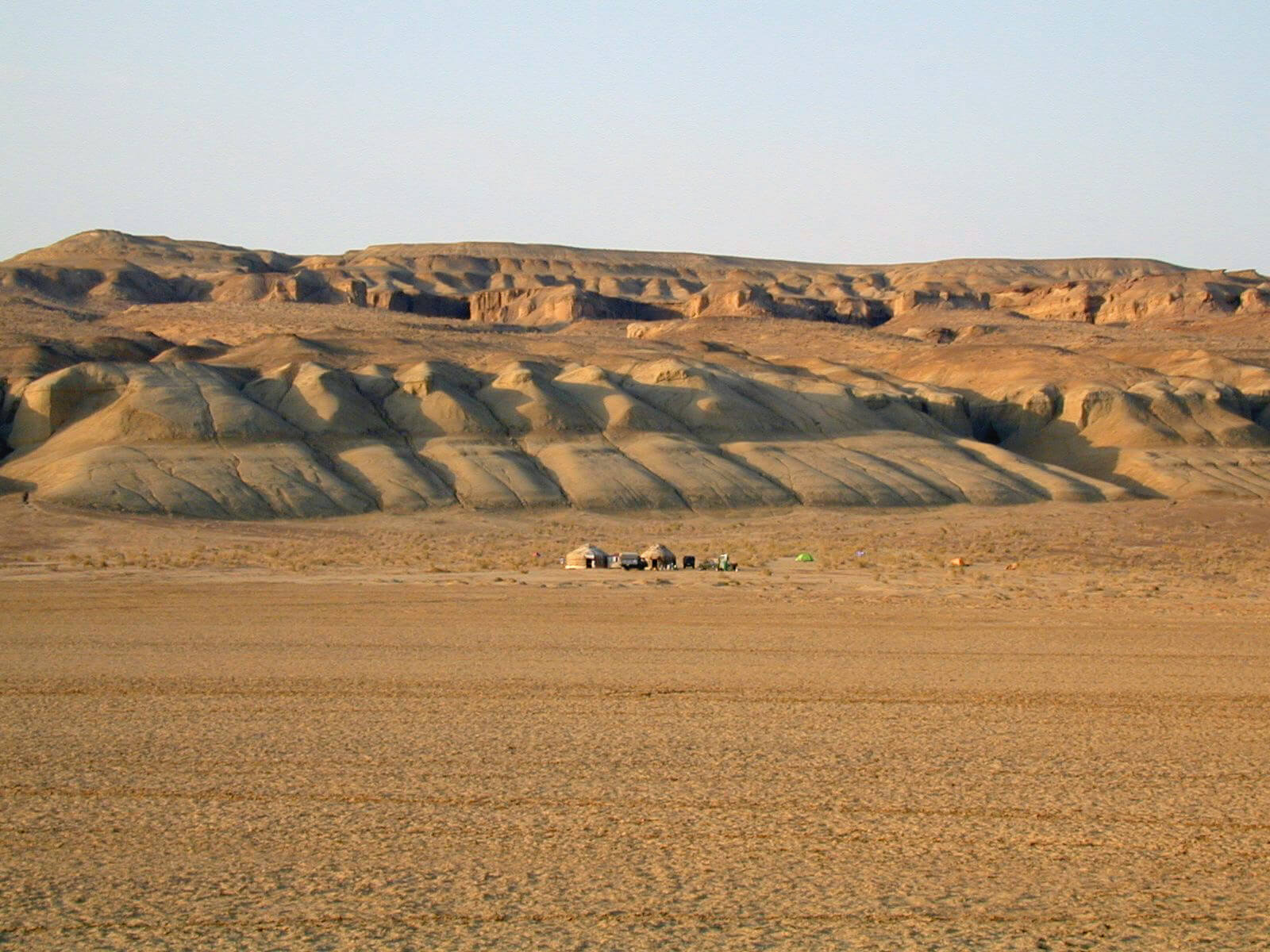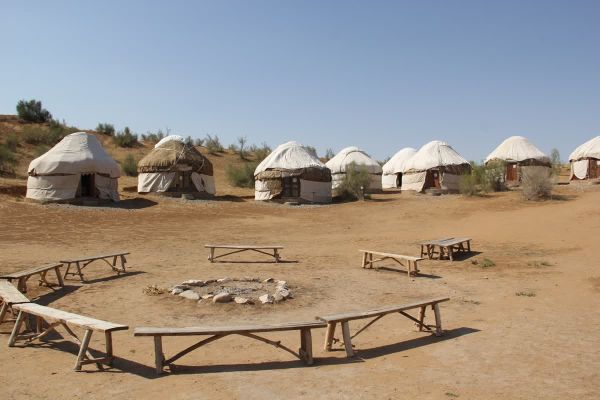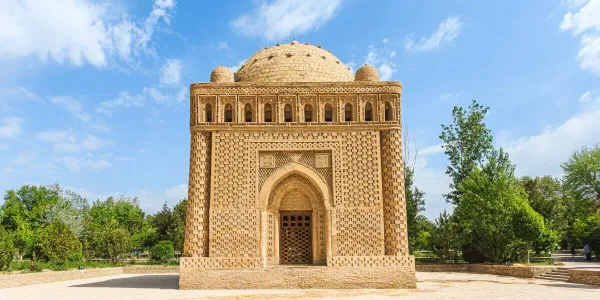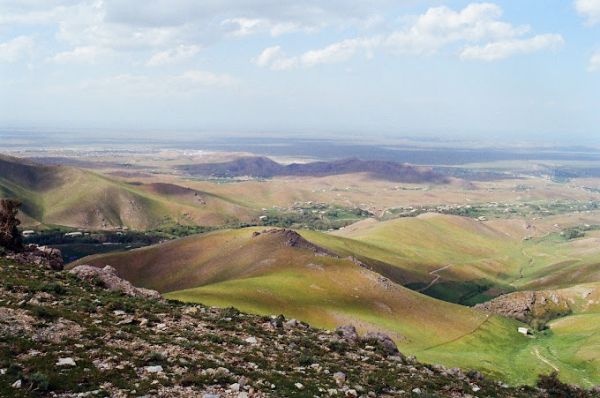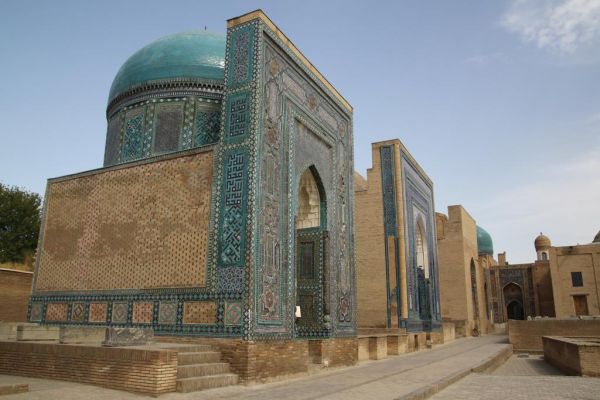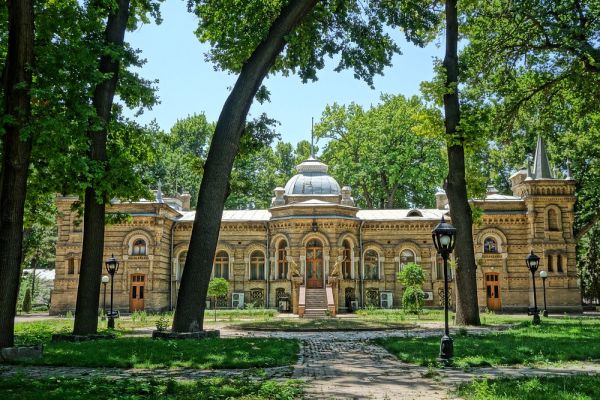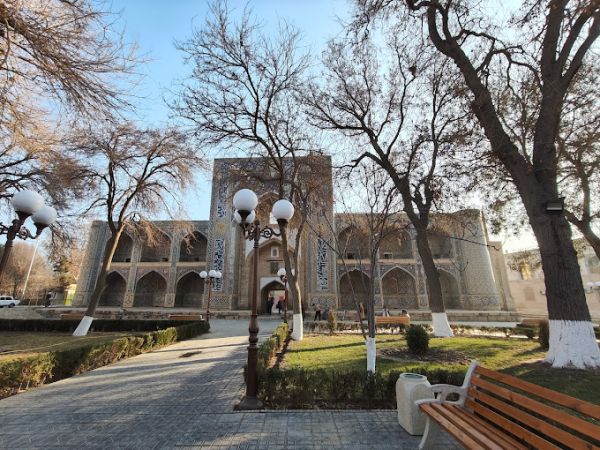The red sands of the Kyzylkum Desert
Hot sun, hot sand,
Hot lips - just a sip of water,
There is no trace in the hot desert,
Tell me, caravan master: "When is the water?"…
These lines from the song are dedicated to the city of Uchkuduk, located in the center of the Kyzylkum desert, in the Navoi region. If you look at the images from space, you can see several reservoirs both in the center of the desert and along its edges. Where the water comes from in the desert, and why it doesn't dry up, remains a mystery to many.
The main part of the desert is located on the territory of Uzbekistan, as well as in Kazakhstan and partly in Turkmenistan. There are vast areas of bright red dunes in the desert, hence the name of the desert: Kyzyl-kum – "red sands". The dunes stretch from north to south and can reach 70 meters in height. Closer to the Aral Sea, there are salt marshes and takyrs with characteristic cracks in the clay soil.
These lines from the song are dedicated to the city of Uchkuduk, located in the center of the Kyzylkum desert, in the Navoi region. If you look at the images from space, you can see several reservoirs both in the center of the desert and along its edges. Where the water comes from in the desert, and why it doesn't dry up, remains a mystery to many.
The main part of the desert is located on the territory of Uzbekistan, as well as in Kazakhstan and partly in Turkmenistan. There are vast areas of bright red dunes in the desert, hence the name of the desert: Kyzyl-kum – "red sands". The dunes stretch from north to south and can reach 70 meters in height. Closer to the Aral Sea, there are salt marshes and takyrs with characteristic cracks in the clay soil.
Despite the sharply continental climate and arid (arid) region, the sandy and rocky Kyzylkum desert is rich in flora and fauna. Wild tulips, white and black saxaul, Richter's solyanka, saline hedgehog, wormwood, poppy can be found here. Of the representatives of the animal world, the desert is inhabited by jeyrans, steppe foxes, Central Asian ground squirrels, wolves, spotted cats, bustards, steppe eagles, crested larks, as well as numerous snakes and reptiles.
It is interesting that several Kyzylkum lakes and mountain ranges can be found in the desert: Tamdytau (height 922 meters), Kuldzhuktau (height 785 meters), Bukantau (height 764 meters). Uranium is mined near Uchkuduk. And one of the world's largest gold deposits is located near the Zarafshan Mountains.
It would seem that an ancient man could not live in a lifeless desert, but on the territory of the Bakantau mountain range you can see Neolithic cave paintings with images of ancient people. Numerous sites with stone tools and waste from their manufacture were found and examined near the small salty lakes of Lorcan. The extraction of table salt has been carried out on the lakes of Lake Baikal since ancient times, and this practice continues today.
Today, the Kyzylkum desert is quite well studied. There are several ecotourism centers and yurt camps in Navoi region, where anyone can stay to experience the lifestyle of real steppe nomads.


